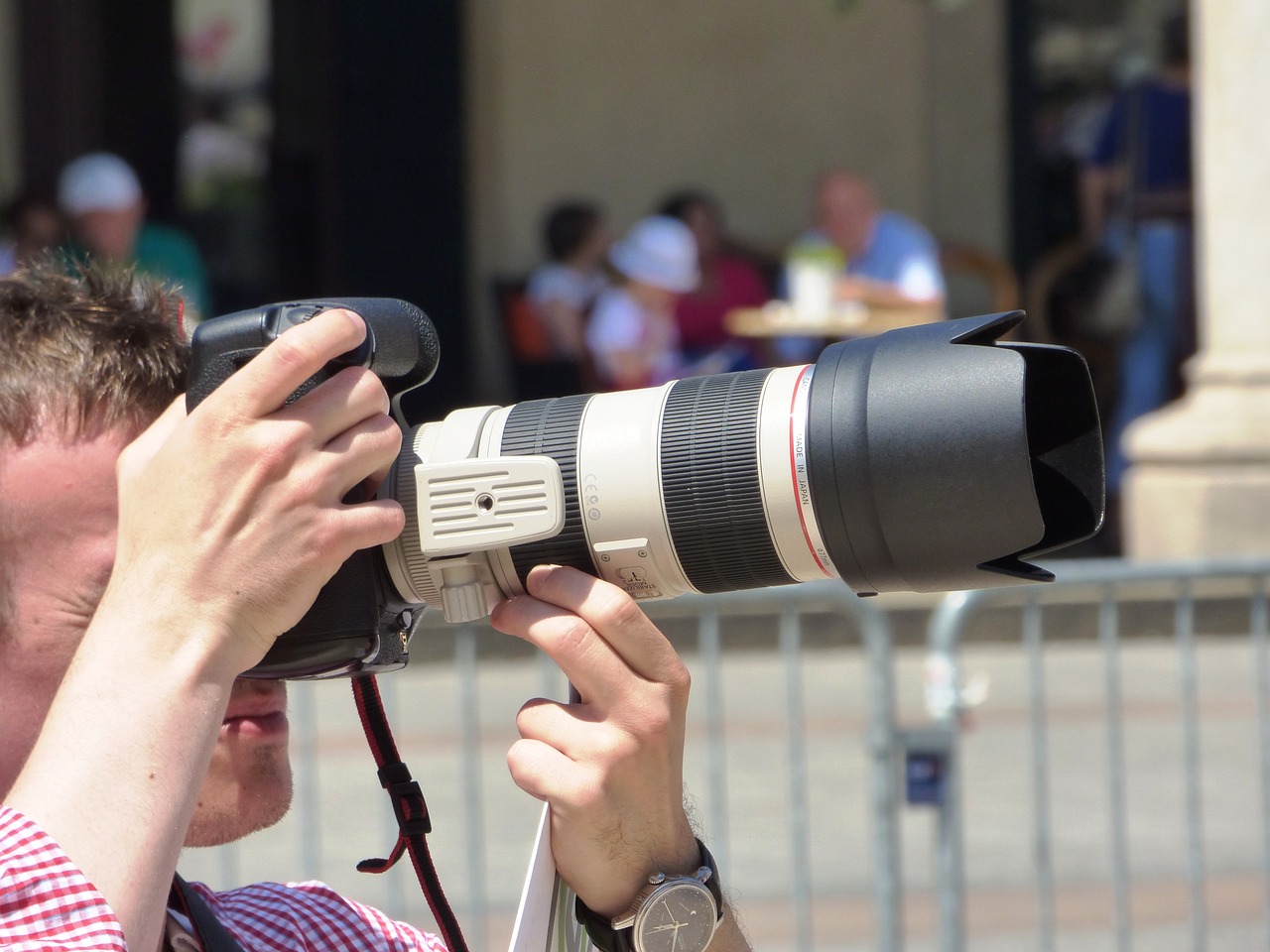How to Become a Travel Photojournalist
Being a travel photojournalist is more than just taking pictures of the places you visit. As a photojournalist, you are tasked with capturing images that tell stories and provide insight into cultures, people, and places around the world.
Whether you want to travel for business or pleasure, if you’re looking to become a travel photojournalist, here is what you need to know.
Choosing the Right Equipment
The first step to becoming a successful travel photographer is choosing the right equipment for your needs.
The best camera for photojournalism you choose will depend on the images you want to take.
If you plan on shooting portraits and landscapes, look for cameras with larger sensors and higher megapixel counts. For action shots or sports photography, consider investing in an interchangeable lens camera with fast autofocus capabilities.
Additionally, ensure your camera bag has ample storage space and protection from inclement weather conditions while traveling.
Many photographers also bring an extra backup battery just in case their primary one runs out of juice in the middle of an assignment.
Investing in a quality laptop backpack when traveling is essential so that your computer can stay safe during international flights or long hikes in remote locations is essential.
Look for bags with plenty of storage pockets and external USB ports so you can quickly transfer photos from your memory card while on the go.
Editing Your Photos
Once you’ve returned from your travels, it’s time to start editing your photos for publication or sale.
It’s vital to use professional-grade software such as Adobe Lightroom for all post-processing tasks like cropping, retouching, color correcting, and sharpening images before publishing them online or submitting them to magazines or newspapers.
To get started quickly without having to learn complex techniques right away, consider using one of Lightroom’s pre-made presets, which can dramatically improve the look of an image with just one click.
What You Need to Know Before Becoming a Travel Photojournalist
The idea of becoming a travel photojournalist is incredibly appealing. After all, you get to explore the world and capture amazing stories through your camera lens. But is it as glamorous as it seems? Is travel photojournalism hard?
The Pros and Cons of Travel Photojournalism
At its core, travel photojournalism is both a profession and an art form. It can be enriching, but the reality is that it’s also incredibly challenging.
It requires dedication and passion for the craft — you have to be willing to work hard and put yourself in potentially uncomfortable situations to capture stories that otherwise wouldn’t be told.
That said, there are several pros to travel photojournalism as well. For starters, you get to see the world from an entirely different perspective — one that few other people can access.
You also get to make meaningful connections with people from different cultures and backgrounds, which can enrich your life in ways you never expected.
And lastly, if you’re successful at your job, you may even get paid for your travels.
However, with tremendous rewards come significant risks. Travel photography can often be dangerous — you may find yourself in unexpected or volatile situations that could risk your safety and well-being.
You may even find yourself getting into political conflicts or cultural clashes while on assignment abroad — and as much as these experiences can give you a unique insight into the lives of others, they can also cause unnecessary stress or trauma if not appropriately handled.
So before pursuing a career in travel photojournalism, you must consider both the pros and cons of this profession carefully before leaping.
Ultimately, whether or not travel photojournalism is “hard” depends on each photographer’s willingness to take risks and push themselves out of their comfort zone to tell meaningful stories from around the world.
If amateur journalists are willing to do so, they will find that travel photojournalism can be a gratifying experience — both professionally and personally — despite some of the potential challenges involved with such a job.
The 3 Best Photojournalism Magazines
From National Geographic to TIME Magazine, a variety of publications cater to this genre. Here is our list of the top 3 photojournalism magazines.
1. National Geographic Magazine
National Geographic Magazine is one of the world’s most widely-read and recognizable photojournalism magazines. The magazine has been around since 1888 and continues to provide fascinating stories, stunning photographs, and scientific discoveries from all over the globe.
National Geographic’s photographers have won numerous awards for their work, and it continues to be a leader in photographic journalism today.
2. TIME Magazine
TIME Magazine is another iconic publication that has been around for nearly a century. Since 1923, TIME has featured gripping stories, award-winning photography, and thought-provoking interviews with influential figures from politics, business, entertainment, sports, science, and more.
Every week, readers can expect thoughtful coverage of essential topics from around the world and stunning photography that brings those stories to life.
3. LIFE Magazine
LIFE magazine has been covering American culture since 1936 and was formerly owned by Henry Luce until 1972 when it was purchased by Time Incorporated, who still owns it today.
The magazine features inspiring stories about real people living real lives and stunning photographs that capture special moments in time — from celebrities on red carpets to everyday people doing extraordinary things in their hometowns — widely considered some of the best examples of photojournalism ever captured on film or digital media.
Whether you are looking for inspiration or want to learn more about what’s happening worldwide through a photojournalism lens, these top 3 magazines will surely captivate your interest.
Each publication offers unique perspectives on critical issues while providing readers with beautiful visuals that help bring each story to life.
Conclusion
Travel photojournalism is both exciting and rewarding — you get to see amazing sights from around the world while also telling meaningful stories through powerful visuals.
If this sounds like something you would be interested in trying out for yourself, then now is as good a time.
Start by investing in quality equipment such as cameras with larger sensors and faster autofocus capabilities; make sure your camera bag has ample storage space; bring along additional batteries; get a laptop backpack with external USB ports; and finally, make sure to use professional grade software like Adobe Lightroom for all post-processing tasks before submitting your images online or publishing them in magazines or newspapers.




